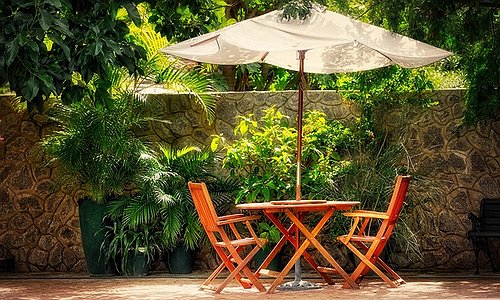Astrophysics meets agriculture, but who wins the Karoo?
On one side: the Square Kilometre Array (SKA), the world’s largest radio telescope project, touted as a beacon of cutting-edge science. On the other: generations of farmers whose families have tilled these semi-desert soils long before the stars were digitized and catalogued. The SKA is no small undertaking. A multinational collaboration with a price tag well into the billions, it’s being constructed right in the heart of the Northern Cape, where radio interference is minimal and the Milky Way blazes through the night sky like an old promise.
When operational, it’s expected to generate mind-bending amounts of data, enough to make Google’s servers sweat, and provide insights into the origins of the universe. But on the ground, where sheep outnumber people and water rights are sacred, the question remains: at what cost?
The science vs. soil dilemma
To build the SKA, vast tracts of land are needed. Over 130,000 hectares have already been acquired by the South African Radio Astronomy Observatory (SARAO), with ongoing negotiations stirring tension in farming circles. The core radio quiet zone, where human-made radio signals are tightly controlled. means limited access to telecommunications and modern farm tech. Think about trying to run a precision agriculture operation without GPS or mobile data. It's not just inconvenient; it's potentially crippling. Some farmers have sold their land outright. Others have refused, citing not only generational heritage but also concern over what losing agricultural ground means for the region’s long-term food security and economy.
Economic silver linings?
Still, it’s not all cosmic doom and gloom. The SKA has brought a cash injection to this underdeveloped region. Jobs, albeit mostly temporary construction gigs, have trickled into towns like Williston and Carnarvon. Roads have improved. Guesthouses are booked out more often than not. And for the ambitious few, contracts related to construction, catering, and logistics have opened doors that previously didn’t exist.
There’s also talk of science tourism. Once the SKA is fully operational, it could become a global attraction for the astro-curious. But here’s the rub: science tourism doesn’t necessarily replace the steady rhythm of sheep shearing and lamb sales. It’s a boom-and-bust industry, dependent on interest, hype, and budget airlines.
A call for coexistence
SARAO insists it’s working on balance. They’ve funded local schools, developed outreach programs, and are even supporting agri-tech initiatives that don’t interfere with the telescope’s sensitive ears. But critics say these measures feel like afterthoughts, sticking plasters on deeper wounds. What’s needed is a long-term coexistence model, something more robust than handshakes and PR gloss. That could mean radio-buffered zones with advanced fibre infrastructure for farms. Or formal agreements that ensure reinvestment of SKA-related revenue back into agricultural development and water infrastructure. As things stand, the farm economy remains a poor cousin at the banquet of science.
The bigger picture
This isn’t just a Karoo story. It’s a South African story. It’s a tale about land, power, knowledge, and identity. It's about who gets to decide what progress looks like in rural spaces, and how to prevent that progress from leaving others behind.
Can sheep and stardust coexist? Sure. But only if both sides are heard above the hum of the data stream. In the Karoo, the stars are bright. The futures, plural, hang in delicate orbit.



